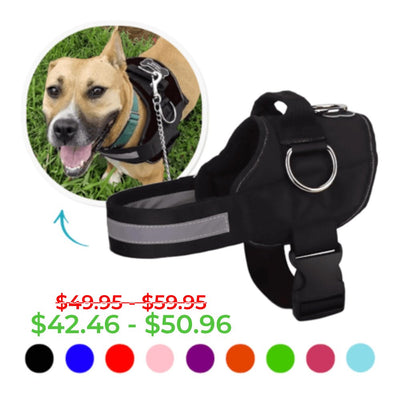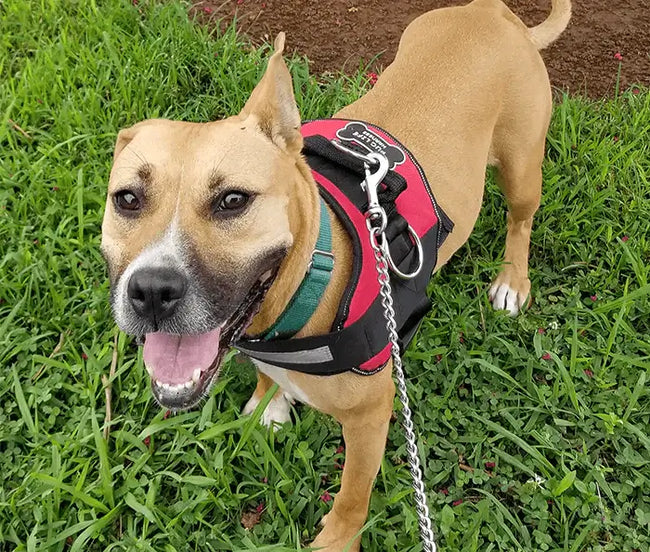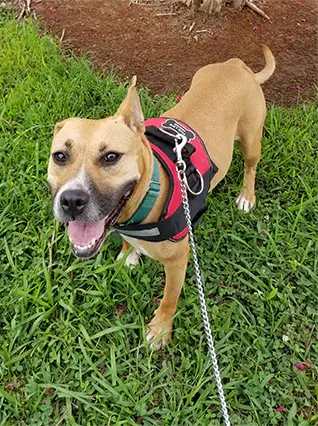5 Medical Terms Every Dog Owner Should Know

As dog owners, we try our best to understand the veterinarians who work to keep our pups happy and healthy. But, if you've ever left your veterinarian's office feeling lost in a jumble of medical terms, you're not alone! It's important for dog owners to be familiar with some common medical words used by veterinarians. We want to be the best caregivers to our pets, right? Read on for five important medical terms every dog owner should know!
1. Neoplasia
Neoplasia is a big word but it's important to be familiar with it. Neoplasia is common in dogs; about 1 in 4 dogs will have neoplasia at some point in their life. If your vet brings up the word neoplasia, they are talking about an unusual growth of cells or tissues in the body.
The growth of cells or tissues called a neoplasm or tumor can be benign or malignant. Benign and malignant are also great words to know. If your veterinarian says the growth is benign, it's not harmful or cancerous. Benign tumors grow slowly and most likely will not spread.
If a growth is malignant, it can be harmful and cancerous. A malignant growth will likely need treatment. Malignant growths can spread at fast rates and harm tissues in the body. They can also spread to other parts of the body.
If the word neoplasia comes up while at a visit to the vet, your veterinarian will inform you of the next steps. It can be hard to place the care of your pup in someone else's hands (trust us, we’ve been there!). But, there is nothing more important than a veterinarian that you can be confident in and trust.

2. Otitis Externa
We can’t get enough of our dog's floppy, adorable ears. But, those ears can become infected. Most dogs experience ear problems at some point in their life. Otitis externa is the most common ear infection in dogs.
Otitis externa is inflammation of the layer of cells within the ear canal. Irritated ears can be very uncomfortable for our pets. Symptoms of otitis externa include shaking of the head, odor, redness of the skin, swelling, scratching, ear discharge, and scaly skin.
If your pup has otitis externa, your veterinarian will likely clean the ears and provide medications. Your veterinarian should help figure out what caused the ear problems so that it doesn’t happen again.
3. Words ending in “-itis”
For a diagnosis ending in “-itis”, it’s good to know that “-itis” means inflammation. Inflammation means that the body is fighting something it doesn't like. When your dog has inflammation, it's important to figure out the root cause. For example, otitis externa describes inflammation of the ear. But, it does not describe the actual cause of the inflammation.
When your dog has something ending in “-itis”, it means that their body is already working hard to fight against the bad germs. Some extra help from your veterinarian may be exactly what your dog needs to fully recover.
4. Medication notations
Sometimes the instructions on prescription medications can seem like a different language. If you're confused by the random letters on medications, you're not alone. Those random letters are medication notations. Notations on prescriptions are there to tell you when and how often to take the medication. Like humans, medicine for dogs must be taken according to the instructions from your vet. Being familiar with a few common medication notations can be helpful!
Here is a list of common notations that may appear on your dogs prescription:
- Ac: Take before meals
- BID: Take twice per day
- EOD: Take every other day
- PRN: Take as needed
- Q: Take every four hours
-
QD: Take every day

5. Folliculitis
Folliculitis is one of the most common skin problems in dogs. Folliculitis is the inflammation of hair likely caused by bacteria. This can be very uncomfortable for our pets. We love our furry friends and it’s important to make sure their furry coat is healthy and clean.
Symptoms of folliculitis include red swellings on the skin, darkening of the skin, circular areas of hair loss with crusting or scaling, and pain surrounding the affected areas. There can be many causes of folliculitis and most dogs will experience it in their life.
Your vet will likely know it's folliculitis by seeing it. But, further testing may be necessary. Other tests may include skin scraping for mites and tests for fungus/ringworm. These tests will help to cure inflamed hairs as fast as possible.

Final Words
If you're not on the same page as your veterinarian, do not hesitate to ask for further explanation. It's their job to make sure you feel comfortable in the care of your dog! You deserve to understand exactly what is going on with your furry best friend. A good veterinarian will be happy to explain what is going on until you feel confident in the next steps. If you need a refresher on what makes a great veterinarian, check out this blog post!
For more pup pics to make you smile and other furry-friend-fun, follow us on Instagram at @joyrideharness. All of us at Joyride Harness love to share tips and tricks on all things dog care so check out our full blog for tons of additional resources!
Disclaimer: Joyride Harness is not affiliated with medical professionals. Consult your veterinarian with any medical concerns.





















